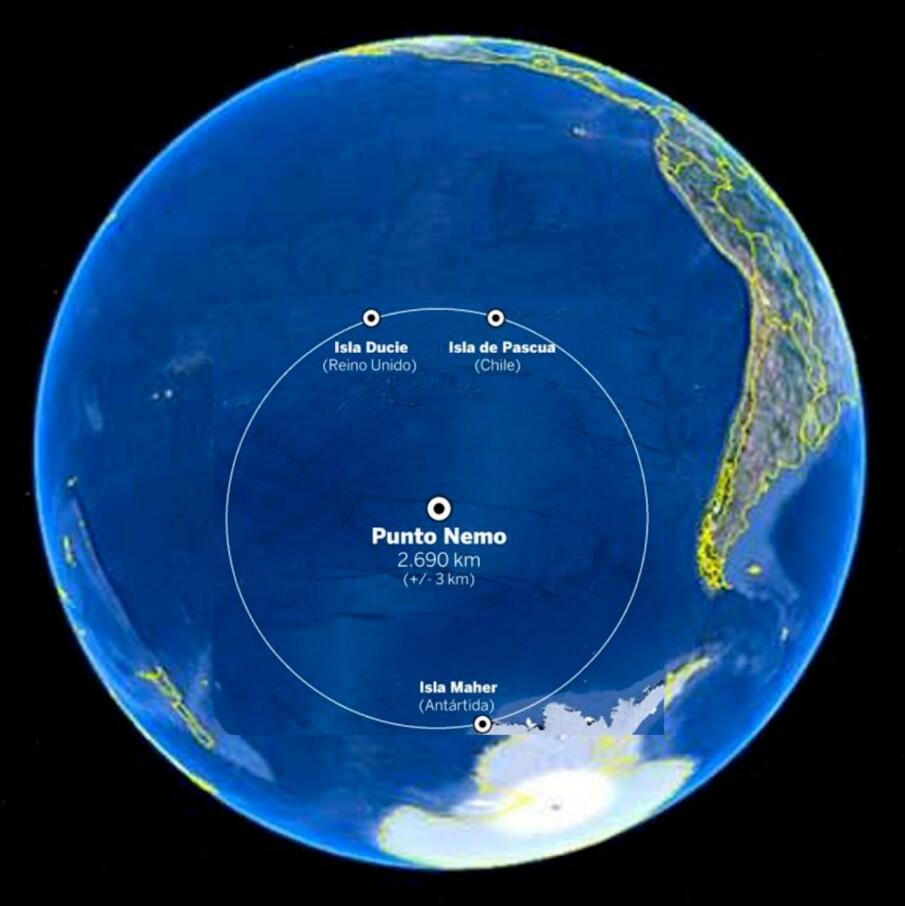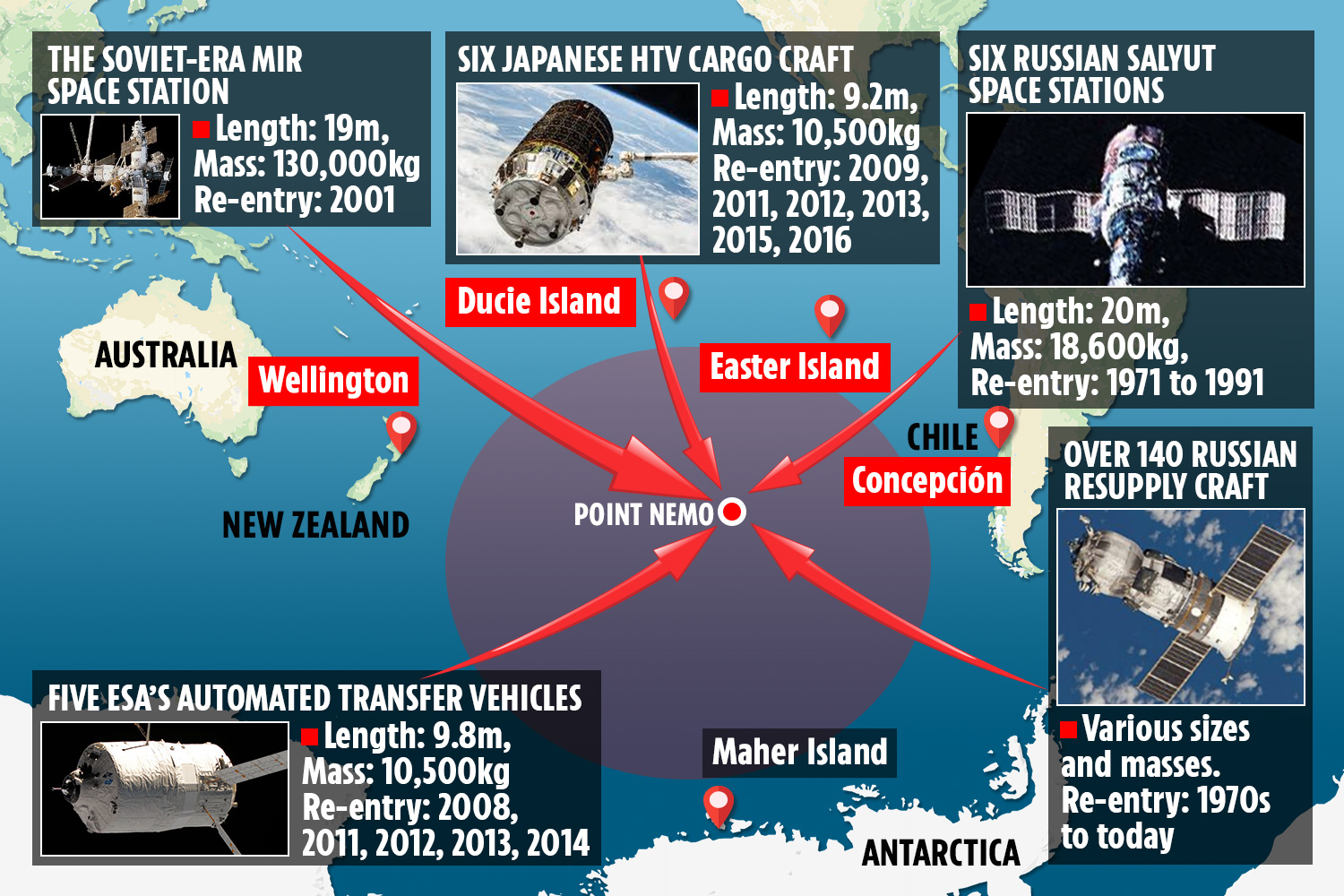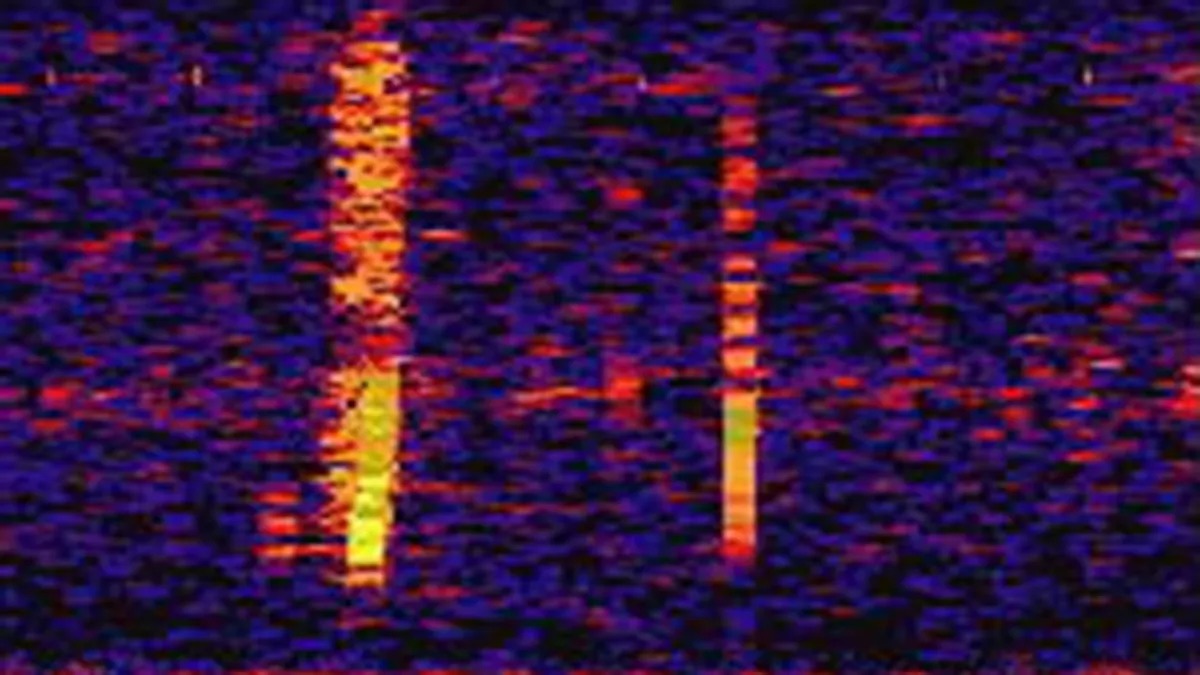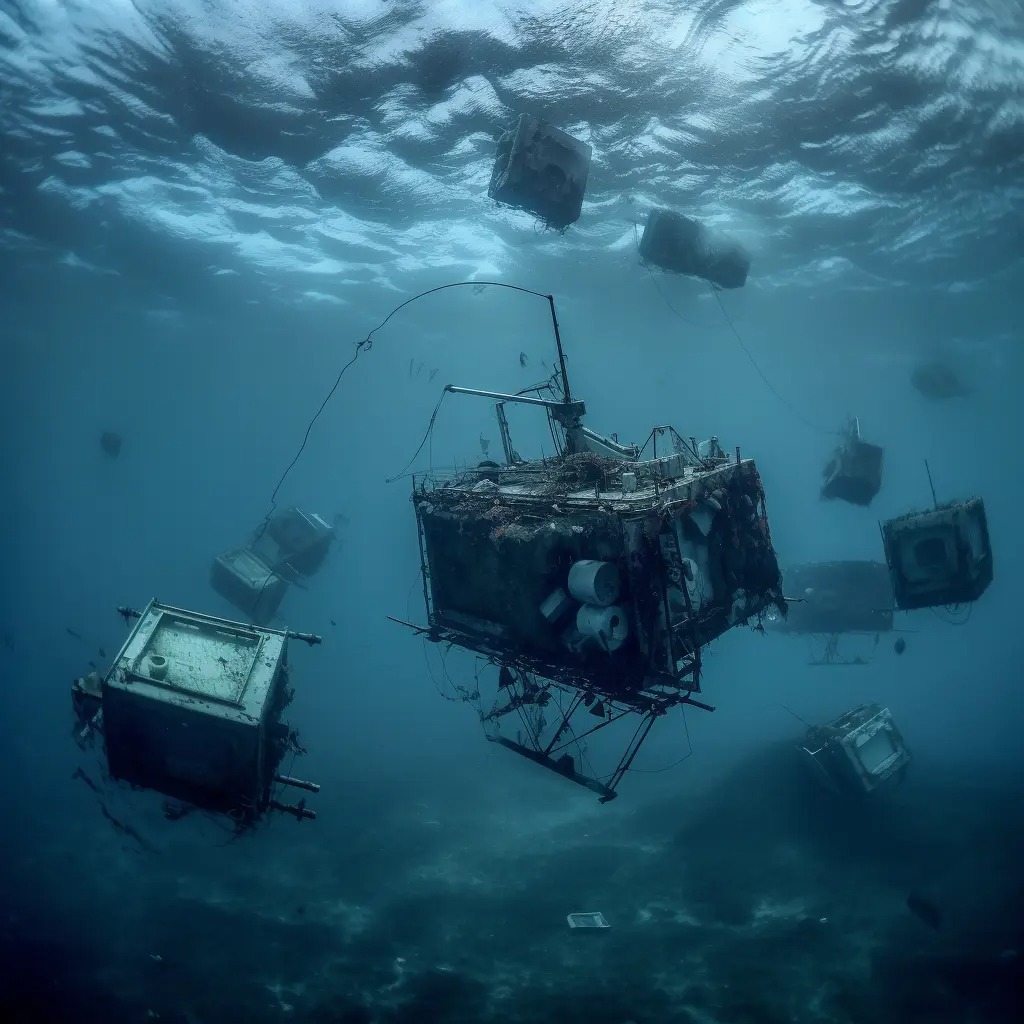Mysterious Low-Frequency Sound Heard at the Remotest Point on Earth
Point Nemo, the southernmost spot in the Pacific Ocean, is regarded as the remotest location on the planet. It is approximately 2,689 km away from the nearest land. While the International Space Station orbits above, the distance between the sailors and astronauts on the station is actually closer than the distance between the sailors and the nearest land, as they are only 400 km away from the sailors’ starting point.
Due to its isolation and the scarcity of fish and fishermen in the area, Point Nemo has become a graveyard for retired spacecraft. Just like the returning satellites that enter the region, the Russian space station Mir ended its “life” at the bottom of the ocean.

Sitting deep in the South Pacific, Point Nemo is the farthest point on Earth’s surface from any land. Called Point Nemo (which means “no one” in Latin), it is around 2,689 km (1,450 nautical miles) away from the nearest landmass, making it the most remote and secluded spot on the planet. If you have ever used the phrase ‘in the middle of nowhere,’ this would be the most accurate phrase to describe Point Nemo.
In 1997, the United States’ National Oceanic and Atmospheric Administration (NOAA) discovered a strange low-frequency sound at Point Nemo. This sound, detected by hydrophones placed in the Pacific Ocean, was incredibly powerful and among the loudest underwater sounds ever recorded.
The source of the noise remains a mystery, reaching such intensity that it was picked up by hydrophones located 4,800 km apart. Some speculate that the sounds may be produced by marine creatures. Chris Fox, a marine biologist with NOAA, told CNN, “There’s so much noise-making down there. Whales, dolphins, or some other kind of fish could be responsible for these sounds.”

Point Nemo’s remote location makes it an ideal destination for safe spacecraft deorbiting. In fact, it is so secluded that the international space community has designated it as the “spacecraft cemetery.” Satellites and other space debris that fall out of orbit often head towards Point Nemo, ensuring their safe descent into the ocean without causing harm to any populated areas. This is important because falling spacecraft never land in a single location but break up into thousands of pieces as they re-enter the atmosphere, creating a debris field that can be dozens of miles wide and thousands of miles long.
In reality, no known animal is capable of producing such sounds, leading to speculation that it could be a giant squid or another unidentified sea creature. However, at that time, Fox also provided a more plausible explanation.
“I think it might be related to the cracking and breaking of huge ice shelves or large icebergs,” Fox added. “It always comes from the south. We suspect it’s ice outer icing in the Antarctic.”

Although considered the most remote location on Earth, Point Nemo still attracts daring tourists willing to embark on a journey to this distant destination. It should be noted that visiting Point Nemo is not an easy feat, as it requires a long and expensive trip through some of the most treacherous seas on Earth. The expedition is usually undertaken by scientific exploration teams interested in studying the unique oceanic currents and dynamics of the area.
NOAA has also detected similar sounds to the “bloop” before and even used them to track the disintegration of the A53a iceberg.
The Pacific Environment Laboratory explained, “The broad spectrum sounds recorded in the summer of 1997 are consistent with large icebergs cracking and breaking up.”
“Earthquakes are detected on multiple sensors that are over 5,000 km apart. Based on the bearing angle, the iceberg causing the bloop sound most likely lies between the Bransfield Strait and the Ross Sea, or it could be near Cape Adare.”

Point Nemo lies amongst the South Pacific Gyre, a large system of ocean currents circulating in the South Pacific Ocean clockwise around a central point in the ocean. Being so far from land, there is hardly any dust or flow from the mainland, resulting in extremely low nutrient concentrations in the water. This makes the vast area surrounding Point Nemo an immense ocean desert. There are no large sharks or big fish. There is ephemeral vegetation, small algae forming the bottom of the marine food chain, found only at depths greater than a hundred meters. Despite the remoteness and lack of large marine life, the South Pacific Gyre still supports abundant bacteria and other microorganisms, contributing significantly to global biogeochemical cycles. Small crabs have also been found near volcanic vents at the ocean floor near Point Nemo.
Reference: Iflscience
